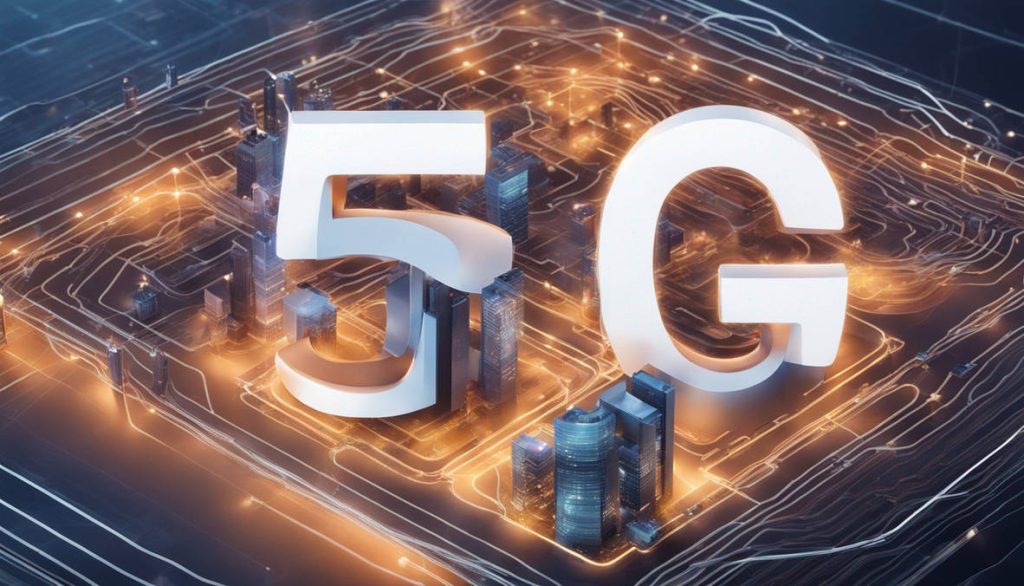High-tech cities are no longer a dream of the future but are quickly becoming a reality all over the world. As technology evolves, urban planners are redefining cities as networks of ecosystems in which data, infrastructure, and innovation collaborate to enhance the quality of life. Communication is the core of this change, and one of the most obvious devices that facilitates this change is the LED billboard sign.
These are much more than a modern-day advertising medium. They are now an active communication infrastructure that informs, involves, and links communities in smart cities. LED billboards are redefining how individuals interact with their environment, whether through the use of public safety alerts or interactive campaigns.
Here, we will discuss the use of LED billboard signs in smart cities, their impact on public interaction, and why they are essential for creating sustainable and interconnected urban landscapes.
The Rise of LED Billboard Signs in Urban Spaces
The old billboards were inactive, restricted, and passive. Conversely, LED billboard signs have bright screens, a dynamic nature, and interactive capability. They can display several messages within a few seconds, and therefore have become a valuable part of the digital transformation of cities.
Smart cities are based on uninterrupted communication. LED billboards address this requirement by functioning as information bridges: through effective and timely graphics linking authorities, businesses, and citizens. Be it promoting a product, relaying a weather forecast, or firing a traffic alert, outdoor LED billboards can do it all with high visibility and immediate impact.
Enhancing Public Engagement Through Real-Time Communication
The ability of LED billboards to communicate in real time is one of the greatest functions that these billboards can play in smart cities. Compared to printed signage, which also requires time to update, an LED display can be changed immediately.
Imagine a scenario:
An LED billboard will be useful in alerting pedestrians to the dangerous conditions during a sudden thunderstorm.
- It will also be able to divert commuters to other routes in case of a traffic accident.
- In a community event, it is able to show countless downs, times, and interactive surveys.
This responsiveness in real-time makes citizens active and aware and builds trust and connection between residents and city administrations.
Advertising in the Era of Smart Cities
Naturally, LED billboard signs are also influential marketing tools. In smart cities, advertising will not be merely a promotion of the product but rather a rich, data-driven experience.
With LED displays, businesses can:
- Display hyper-localized adverts.
- Bring interactive campaigns in which the passersby can get involved with the help of a QR code or a mobile application.
- Demonstrate environmental sustainability efforts or other social responsibility initiatives that resonate with the values of smart cities.
Regardless of being traditional billboards, LED displays capture attention due to motion, animation, and personalization, enabling a higher level of engagement and increased brand recognition.
Public Safety and Emergency Alerts
The concept of smart city design is based on safety, and LED billboards are critical in this regard. They may be combined with the city-wide emergency response mechanisms to immediately show warnings of:
- Weather calamities (storms, floods, or earthquakes).
- Crises in health care (COVID-19 updates, vaccination drives).
- Missing persons warnings or crime control warnings.
The role turns LED billboards into life-saving communication devices that prove that they are more than commercial properties, but essential infrastructure in urban centers.
Sustainability and Energy Efficiency
The other reason why LED billboards feature prominently in smart cities is that they are environmentally friendly. Paper, plastic, and wasted energy are commonly used in traditional advertising. LED technology, however, is:
- Energy saving: LEDs consume less energy as compared to conventional lighting.
- Durability and longevity: Waste and replacement reduction.
- Programmable: Removes the printing and physical replacement requirements.
A combination of LED billboards and solar power systems may be greener still, and the sustainability goals of smart cities are compatible with them.
Interactive Engagement: Beyond One-Way Communication
This is because Smart cities are built on the principle of two-way communication, and LED billboards are also being developed to pass this requirement. There are a lot of contemporary exhibits today that incorporate technologies such as:
- Tactile maps or guide touch displays.
- QR codes and NFC tags to get people connected with digital content.
- Social media feeds containing live posts and citizen posts.
As an example, a city might install a digital billboard to ask its citizens to vote on community projects, take part in live polls, or attend cultural events. Such a form of interactive participation promotes inclusivity as the citizens have a say in the development of their city.
Integration with Smart City Ecosystems
The most powerful feature of LED billboards is that they are interconnected with smart city data networks. Such displays may be connected to:
- Traffic control modules to display traffic information.
- Bus and train timetable.
- Daily weather and air quality checking.
Data analytics and digital displays can further help cities ensure that people can find timely and relevant information anywhere they need it.
Boosting Tourism and Cultural Identity
Smart cities usually seek to reinforce their cultural and social identity as well as draw tourists in. LED billboards will help to achieve this objective by:
- Showing local art, cultural festivals, and heritage projects.
- The provision of interactive guides for visitors to the city.
- Organizing multilingual announcements with the assistance of international tourism.
One is Times Square in New York City or Shibuya Crossing in Tokyo, not just a centre of advertising, but an icon in itself, and lit with LED billboards that symbolize city identity and international appeal.
Conclusion
LED billboard signs are much more than advertising platforms; they are essential tools for engagement, safety, sustainability, and connectivity.
Cinstar is a popular Chinese LED Display Manufacturer known for its exceptional variety and customer service. It offers products ranging from rental LED video walls to creative LED displays, Stadium LED screens, direct-view LEDs, and more.




Pingback: AI Agents and Fine Tuning: Building Smarter Digital Solutions